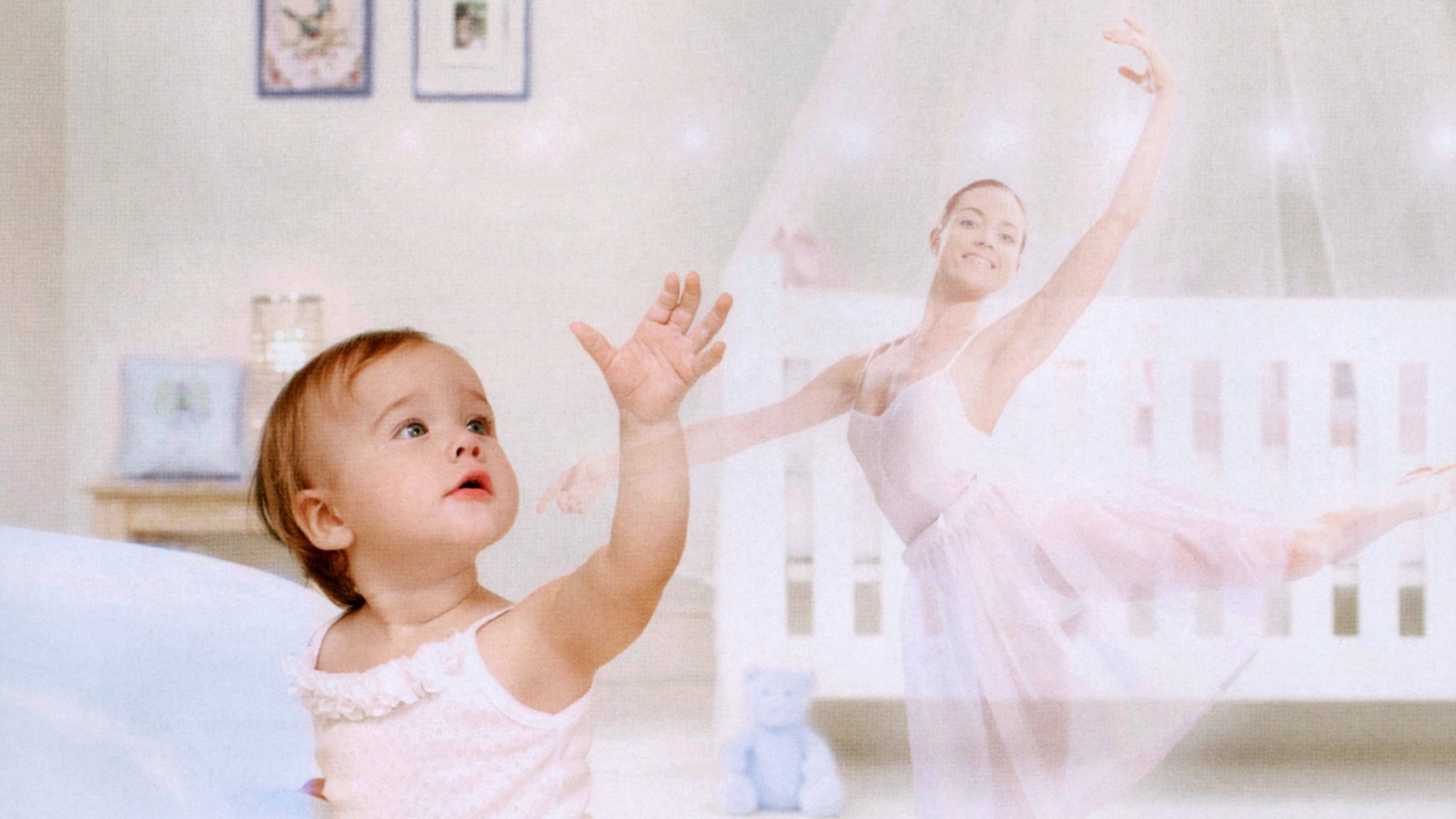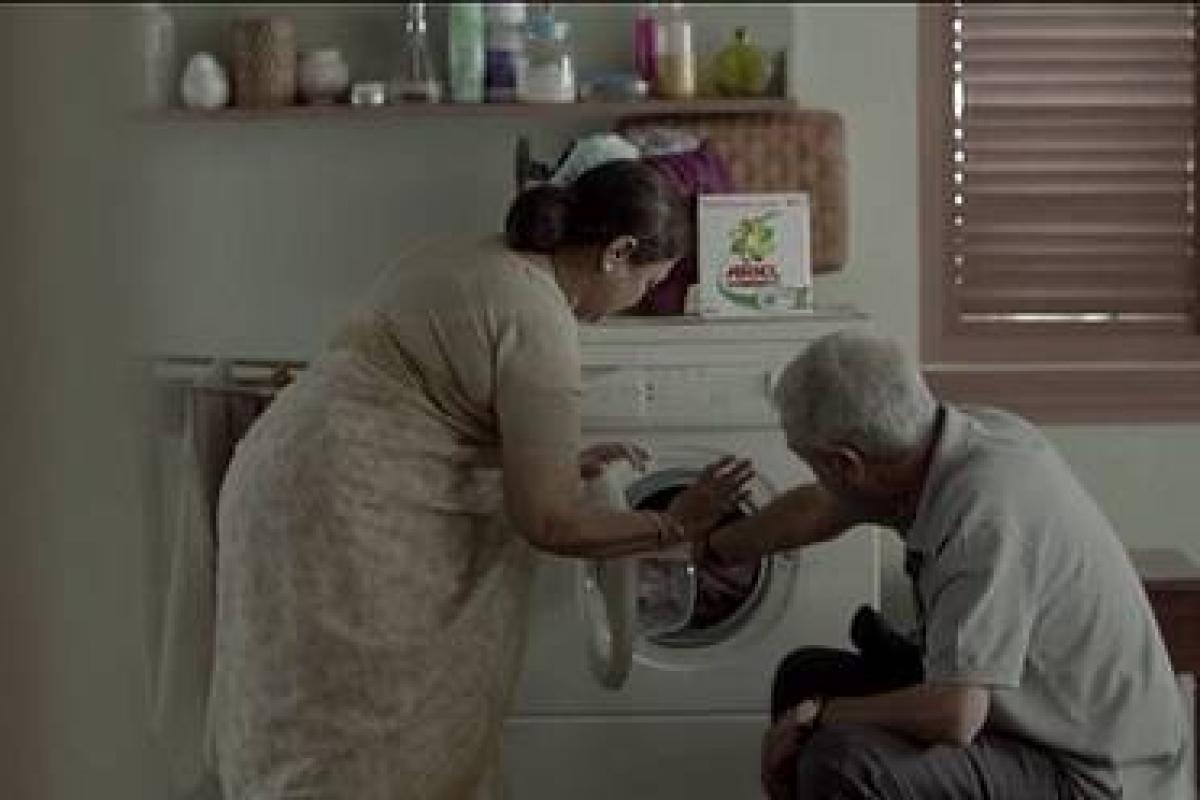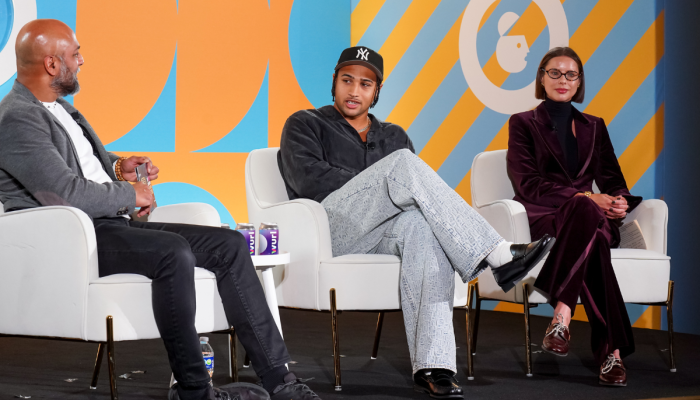Earlier this year, the Committee of Advertising Practice proposed a new rule banning the use of offensive and harmful gender stereotypes.
Under the new guidelines, adverts using such stereotypes are likely to be banned outright, forcing advertisers to think carefully about how they depict gender and construct meaningful, rather than lazy, narratives around it.
Historically, many brands have shied away from confronting stereotypes head-on but rather have paid lip service to diversity, either fearful of a backlash should they get it wrong, or afraid that their audiences are too inherently narrow-minded to respond well. However, neuroscience studies that we’ve conducted looking at audiences’ subconscious responses to communications have revealed that people are often more enlightened and perceptive than we think.
It’s true that campaigns using traditional gender stereotypes can be effective. An Aptamil ad that stuck to traditional depictions of little girls as ballerinas and little boys as mountaineers drew much criticism but, in terms of brain response, elicited high levels of personal relevance and was strongly encoded, or stored, into long-term memory.
However, we also found strong and positive responses to a very different treatment of gender - Avon’s ‘Fiercely Feminine’, which featured female footballers alongside the tagline, “Who says women can’t be fierce and feminine?”. Our analysis of viewers’ brain responses found that the tagline, in particular, drove a very positive emotional response and was also strongly encoded into memory.
This indicates that the audience was on board with the idea of female empowerment and that this aspect of the advert was working well.
But this doesn’t give the full picture.
The visuals of the female footballers themselves appeared to be much less interesting and less relevant to the audience, resulting in fluctuating patterns of engagement.
When we looked at this second by second it was clear that a key driver of lower engagement was the prominence of make-up on the women.
Despite identifying with the idea of female empowerment, it appears that viewers were much less receptive to images of female footballers wearing heavy make-up, with the brain unconvinced of the credibility of linking cosmetics with athleticism.
So a key caveat to conclusions about how gender is portrayed is that the context must be credible.

Stereotypes, like the ones from the Aptamil ad, are accepted if they are perceived to be believable; and the same applies to non-traditional gender portrayals. At a subconscious level, viewers readily embraced female footballers, but not necessarily wearing full make-up.
These findings corresponded with earlier research we had conducted, into a campaign for washing detergent in which a man was shown doing the laundry and giving tips to the audience.
Whilst this elicited a strong memory response and emotional reaction, levels of engagement and personal relevance trended downwards throughout the ad, particularly amongst women.
As with the Avon ad, this pattern of brain response suggested that the audience appreciated the message and the alternate gender role depiction – but didn’t quite buy it.
This wasn’t necessarily to do with the fact of a man doing the washing – the huge success of Ariel’s recent Share the Load campaign in India is a testament to that – but rather to do with the way it was portrayed, which just didn’t ring true.
Crucially, when it comes to stereotypes – breaking them, or sticking to them – what matters is creating a context that is believable.
Ads that successfully tackle diversity deliver credible depictions and so trigger high levels of personal relevance which is a key driver of memory encoding. This, in turn, means that the ad and its message is more likely to have an impact.
Ultimately, diversity on the screen and off are part of a virtuous circle; the images we watch are most effective if they reflect a reality we can believe in.
Advertisers will stand the best chance of contributing to the virtuous circle if the narratives and cast they present are relatable, and therefore memorable for the right reasons.
By Heather Andrew, CEO, Neuro-Insight UK



